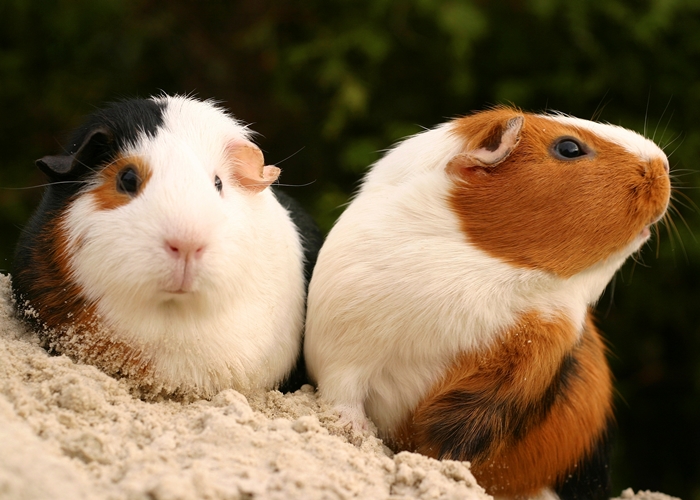As the No Kill movement gets larger and more communities improve rates of lifesaving, we need more rigor in defining what constitutes a No Kill community. Elsewhere, I’ve posted why a 90% rate of lifesaving in and of itself does not actually constitute No Kill. Admittedly, I have been guilty of commingling the two—90% and No Kill—and we shouldn’t.
There are, for example, shelters that save over 90% of the animals—in some cases, well over 90%—but still kill healthy and treatable dogs and cats, including community cats who are not social with people. There are, in fact, communities with save rates approaching 98% who still kill healthy and treatable feral cats. Moreover, some communities use coalition-wide rates which can exceed 90%, irrespective of pound rates which may be lower. They also exclude “owner requested killing” and deaths in kennels as doing so reduces even the coalition-wide save rates below 90%.
In addition, there are shelters that save well over 90% of dogs and cats but either do not take in non-dog and cat species (and they shouldn’t if all they are going to do is kill them, but nonetheless leave these animals with no protections of any kind) or, worse, take in and kill rabbits, guinea pigs, and other animals. In the 1990s, for example, while the San Francisco SPCA was making progress for dogs and cats and helping spearhead a No Kill revolution in this country, there were no programs for rabbits at the SPCA, the species of shelter animal killed in the third largest number in shelters across the country. There were no programs for hamsters, guinea pigs, birds, and other animals who were still being killed in large numbers (as a percentage of their total intakes) at the San Francisco pound. Nor was there a No Kill guarantee for injured but rehabilitatable wild animals brought to the shelter, such as pigeons even though such birds, if unable to be released safely into the wild, should be adopted out as companions rather than killed. In fact, I share my home with two such pigeons. Because the city pound itself was not interested in putting in place programs to save these animals and efforts to get leadership at the San Francisco SPCA to do so were rebuffed, non-dog and cat species continued—and continue to this very day—to die in large numbers in that city. They still continue to die in other cities where the No Kill guarantee does not extend to every species entering those shelters. It can and it should.
All of these communities have called themselves “No Kill” and they aren’t. The penultimate question is always whether the shelter is saving all animals entering the shelter who are healthy and treatable, rigorously defined.
To call a community that still kills healthy and treatable dogs, cats (including community cats who are not social to people), rabbits, guinea pigs, and others “No Kill” without more because they save 90% of dogs and cats is not only misleading, it may in fact be fundamentally dishonest.
————-
Have a comment? Join the discussion by clicking here.
